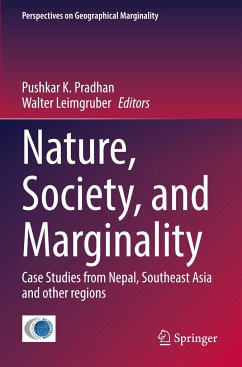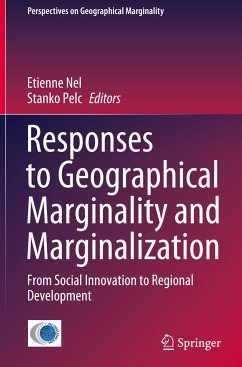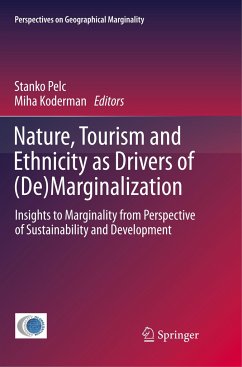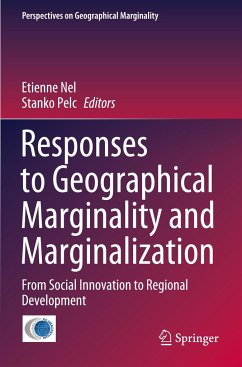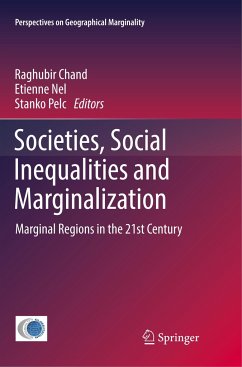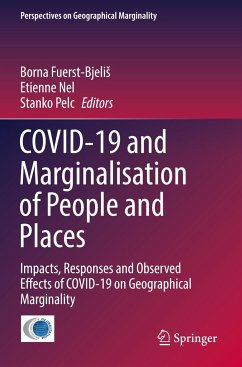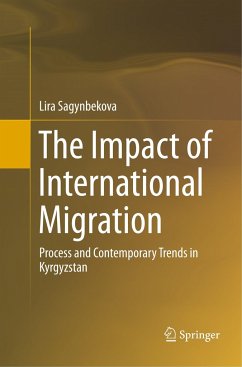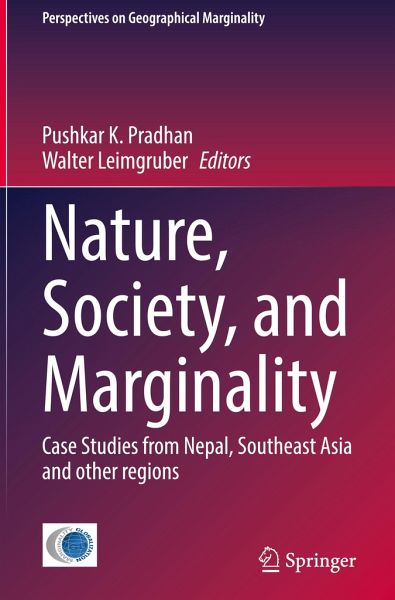
Nature, Society, and Marginality
Case Studies from Nepal, Southeast Asia and other regions
Herausgegeben: Pradhan, Pushkar K.; Leimgruber, Walter

PAYBACK Punkte
49 °P sammeln!
This book focuses on the interrelations between nature and humans, in particular on those segments of societies that have been left behind (marginal groups). Nature is both the friend of humans and their adversary, depending on the way people treat and use it. Consequently, the book adopts a wide perspective of marginality: nature that has been marginalized by man (ecological marginality), but also social groups marginalized by politics, economic interests, and value judgements imbedded in culture. Many chapters deal specifically with issues in Nepal, but along with the other chapters with cas...
This book focuses on the interrelations between nature and humans, in particular on those segments of societies that have been left behind (marginal groups). Nature is both the friend of humans and their adversary, depending on the way people treat and use it. Consequently, the book adopts a wide perspective of marginality: nature that has been marginalized by man (ecological marginality), but also social groups marginalized by politics, economic interests, and value judgements imbedded in culture. Many chapters deal specifically with issues in Nepal, but along with the other chapters with case studies from Southeast Asia and other regions, they demonstrate that the major man-nature problems are the same everywhere and can only be solved by constructive politics through clear regulations, convincing actions and general acceptance.





